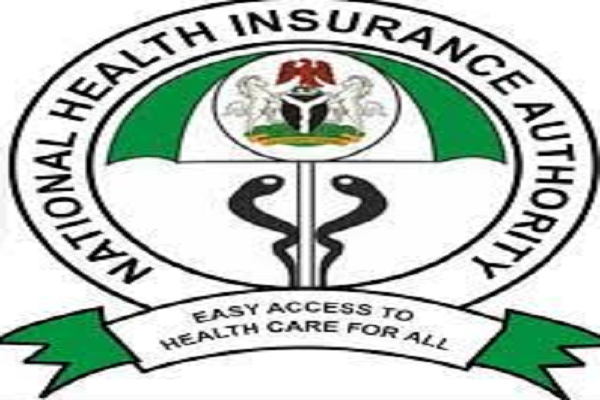By Muhammad Amaan
The National Health Insurance Authority (NHIA) has revealed that N513,624,745.00 has been paid as claims for the 1,629 beneficiaries of the Free Fistula Programme unveiled by the Federal Government.
Director-General of the agency, Dr Kelechi Ohiri Ohiri disclosed this on Thursday during the steering committee meeting of the NHIA Free Fistula Programme in Abuja with the Coordinating Minister of Health and Social Welfare, Professor Muhammad Pate.
The FFP was unveiled in June 2024 to improve maternal health in the country.
It offers medical treatment and holistic care that includes feeding, transportation, post-care follow-ups, and ensuring women’s reintegration into society.
The programme is active across 42 facilities in all political zones, including the Northeast region.
“So, the patient journey involves the registration and the different roles that the providers and the different stakeholders play. When these patients are registered and admitted, it is determined whether they need surgical treatment or they need conservative treatments.
“Once they are treated, the claims are then sent both to the NHIA, as well as to the third-party administrator. So, what we do, which is the principle that we operate is after treatment, you send the claims.
“The claims are verified to know if the individual received the care, and we have insisted that everybody has a National Identification Number, and then the payments are made to the facilities. And of course, we have now gotten to the point where we process claims every week to ensure that payments are made regularly, and that reduces inefficiencies.
“About 1,629 beneficiaries have been verified, paid for, between the last six months of the launch to date. But, that’s just the number that we have verified and paid for.
“The number of claims submitted is about 1,898. And as more awareness about the programme gets out there, we hope that there will be no woman with a fistula who will miss out,” Ohiri explained.
The NHIA DG also informed our correspondent that the amount paid so far as claims for the 1,629 beneficiaries is “513,624,745.00.”
He stated that efforts are being made to ensure individuals are enrolled in the state health insurance after receiving care, and they are being counselled on family planning to reduce the risk of repeat fistula cases.
He said the programme has faced challenges, particularly regarding identification, as many women lacked identification cards.
“We collaborated with the National Identity Management Commission (NIMC). And in some facilities, they do register people, and so we’ve had collaborations to ensure that these women have (NIN) before they are discharged. Secondly, we had to standardize Standard Operating Procedures to make sure that we had a uniform approach to managing them and managing their claims across all the centres.
“Thirdly, when it comes to the payments, we tried to make sure we were more efficient. We learned that sometimes you have a backlog and that lends itself to a lot of inefficiencies, so we worked with the Third-Party Administrators where we made sure that there was always a pool of funds available; that’s once the claims are verified, the payments are made and we’ve reduced it to a seven-day cycle.
“Then there are issues about following up because some of these women are quite ostracized, and when they get discharged, it’s hard to follow up with them.
“So, we’ve piloted different things, including sometimes when they are saving from their fees, getting low-cost mobile phones so that health facilities can actually call them, and follow up with them afterwards and remind them of the follow-up visits to improve communication.
“We’ve done that in Kano, for instance, that has been piloted. Challenges with security exist. We’re still working with local authorities to see how we can still conduct facility accreditation exercises, leveraging our state-based teams,” he said.
He emphasised that there is a plan to expand engagement with civil society organisations for better community involvement in restoring livelihoods, leveraging existing infrastructure, and ensuring inclusion mechanisms to address both medical and social issues of women.




